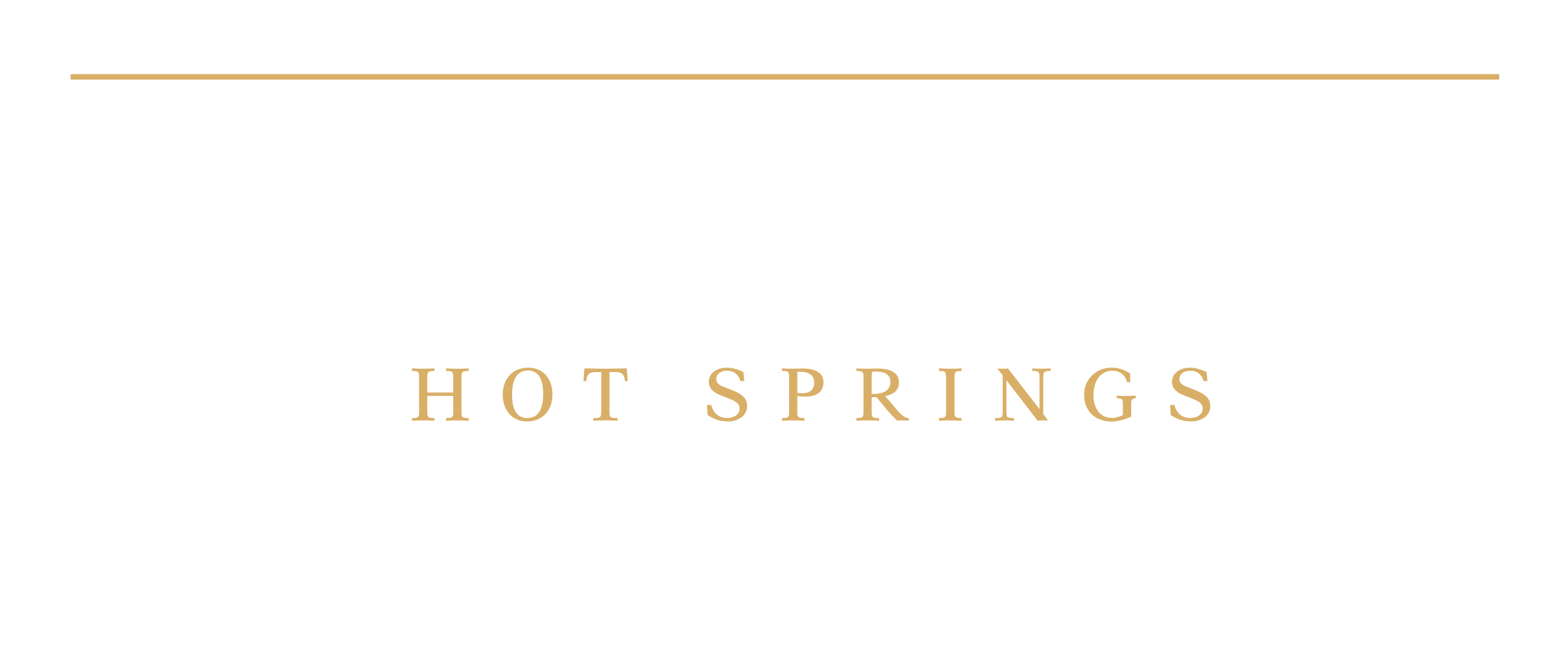Fortifying Digital Footprints A Guide to Protecting Content & Addressing OnlyFans leak Risks Online.
- Fortifying Digital Footprints: A Guide to Protecting Content & Addressing OnlyFans leak Risks Online.
- Understanding the Anatomy of a Digital Footprint
- The Rise of Content Leaks and Their Causes
- Legal Ramifications of Unauthorized Content Distribution
- Proactive Steps to Protect Your Digital Content
- Emerging Technologies and Future Security Trends
Fortifying Digital Footprints: A Guide to Protecting Content & Addressing OnlyFans leak Risks Online.
In the digital age, maintaining control over one’s online presence is paramount. The proliferation of content creation platforms has empowered individuals, but also introduced new vulnerabilities. A growing concern, particularly impacting creators on platforms like OnlyFans, is the risk of unauthorized data breaches and subsequent leaks of personal content. Understanding the nature of an onlyfans leak – its causes, potential consequences, and preventative measures – is crucial for anyone involved in digital content creation and consumption. This comprehensive guide explores the multifaceted issue of content protection and offers strategies for mitigating risks in the online sphere.
The vulnerability isn’t limited to the content creators themselves; subscribers can also be indirectly affected. The unauthorized distribution of leaked material can have severe reputational damage, financial implications, and emotional distress for all parties involved. Protecting content isn’t just about technical security; it’s about understanding the responsibilities associated with online platforms and actively safeguarding personal and private information.
This article will delve into the different types of digital footprints, the methods used for content theft, the legal ramifications of data breaches, and the proactive steps individuals can take to strengthen their digital security. We will address both platform-specific security measures and broader best practices for online safety, aiming to empower readers with the knowledge necessary to navigate the evolving landscape of online content creation and consumption.
Understanding the Anatomy of a Digital Footprint
A digital footprint encompasses all the data traces an individual leaves behind while using the internet. This ranges from active contributions, like social media posts and website comments, to passive data collection, such as browsing history and IP addresses. For content creators, a substantial part of their digital footprint resides on platforms hosting their work, creating a concentrated point of vulnerability. Understanding the scope of one’s digital footprint is the first step towards effective digital security. It is vital to recognize that even seemingly innocuous online activity contributes to this overall profile.
Different types of footprints exist. An active digital footprint is created when you intentionally share information online – posting on social media, uploading content, or filling out online forms. A passive digital footprint is built from data collected without your direct knowledge, like tracking cookies or data brokers accumulating personal information. Managing both types is important, but content creators need to be particularly mindful of their active footprint due to the potential for misuse of their published work.
Here’s a breakdown of common components contributing to a digital footprint:
| Active | Social media posts, online purchases, forum comments | High – You directly contribute this data |
| Passive | Website tracking cookies, data broker records, IP address logs | Low – Collected without direct interaction |
| Primary | Data you knowingly provide (e.g., name, email on a website) | Moderate – You provide, but its use is often governed by site terms |
| Secondary | Information others share about you (e.g., tagged photos, mentions) | Limited – You have less control over this data. |
The Rise of Content Leaks and Their Causes
The increasing frequency of content leaks, including instances of an onlyfans leak, highlights a significant flaw in current content security protocols. Several factors contribute to these breaches. Weak passwords and inadequate account security measures remain a common entry point for unauthorized access. Phishing attacks, where malicious actors attempt to deceive users into revealing their login credentials, pose another serious risk. However, the root causes often extend beyond individual user errors and tap into vulnerabilities within the platforms themselves.
Data breaches affecting platform servers represent a more systemic threat. Even with robust individual security practices, users remain vulnerable if the platform hosting their content experiences a security compromise. Internal threats, such as disgruntled employees or contractors with malicious intent, can also lead to data breaches. It’s a continuously escalating arms race between security professionals and those seeking to exploit vulnerabilities for financial gain or other nefarious purposes. The importance of robust security infrastructure cannot be stated enough.
Here’s a list of common causes for content leaks:
- Weak or reused passwords
- Phishing attacks targeting login credentials
- Vulnerabilities in platform websites and apps
- Data breaches affecting content hosting servers
- Malicious insiders with access to data
- Lack of encryption for sensitive content
Legal Ramifications of Unauthorized Content Distribution
The unauthorized distribution of copyrighted material, including content accessed through subscription-based platforms, carries significant legal consequences. Copyright law protects creators’ exclusive rights to reproduce, distribute, and display their work. Sharing leaked content without permission constitutes copyright infringement, giving the rights holder the legal grounds to pursue various remedies against those involved in its distribution. These remedies range from cease-and-desist letters and statutory damages to criminal prosecution, depending on the scale and nature of the infringement.
Beyond copyright infringement, distributing leaked content can also lead to charges related to invasion of privacy and defamation. If the leaked material contains personally identifiable information or portrays an individual in a false or harmful light, the distributor may be held liable for damages. Furthermore, platforms hosting the infringing content could also be held accountable if they fail to take prompt action to remove it upon receiving notice. The legal framework surrounding data privacy is constantly evolving, making it essential to stay informed about changing regulations and liabilities.
Consider these points regarding legal implications:
- Copyright infringement carries potential fines and legal action.
- Distribution of private content can lead to invasion of privacy charges.
- Platforms hosting leaked content can be held liable.
- The Digital Millennium Copyright Act (DMCA) provides legal frameworks.
- Breach of contract – violation of user terms by distributing the content
Proactive Steps to Protect Your Digital Content
Prevention is the most effective strategy for mitigating the risk of content leaks. Strong password practices – using unique, complex passwords and employing a password manager – are a foundational step. Enabling two-factor authentication (2FA) adds an extra layer of security, requiring a second verification factor beyond just a password. Regularly reviewing app permissions and restricting access to sensitive data can further reduce your attack surface. Being wary of phishing attempts and avoiding suspicious links are crucial for protecting your login credentials.
On platforms like OnlyFans, it’s crucial to understand and utilize the available security settings. Many platforms offer options such as limiting content downloads and watermarking images and videos. Regularly backing up your content to a secure, offline storage location provides a safeguard against data loss in the event of a breach. Additionally, employing a Virtual Private Network (VPN) can encrypt your internet traffic and obscure your IP address, adding another layer of privacy and security. Regularly updating software and apps ensures that you have the latest security patches and bug fixes.
Here’s a table outlining preventative measures and their effectiveness:
| Strong Passwords | High | Low |
| Two-Factor Authentication (2FA) | Very High | Low-Moderate |
| Regular Software Updates | High | Low – Often Automated |
| VPN Usage | Moderate | Low |
| Content Watermarking | Moderate | Moderate |
Emerging Technologies and Future Security Trends
The landscape of digital security is constantly evolving, driven by advancements in technology and the ever-increasing sophistication of cyber threats. Blockchain technologies, though still in their early stages of adoption, hold promise for enhanced content security through decentralized storage and verifiable ownership. Artificial intelligence (AI) and machine learning (ML) are also emerging as powerful tools for detecting and preventing data breaches, as well as identifying instances of unauthorized content distribution. However, AI is a double-edged sword, as it can also be used by malicious actors to create more sophisticated attacks.
Biometric authentication methods, such as facial recognition and fingerprint scanning, are becoming increasingly prevalent as a more secure alternative to traditional passwords. Homomorphic encryption, a novel cryptographic technique, allows computations to be performed on encrypted data without decrypting it first, offering a significant boost to data privacy. As these technologies mature and become more widely adopted, they will play an increasingly important role in safeguarding digital content and protecting individuals from the risks associated with unauthorized data breaches. Continuous adaptation and resourcefulness are critical in this dynamic digital environment.

